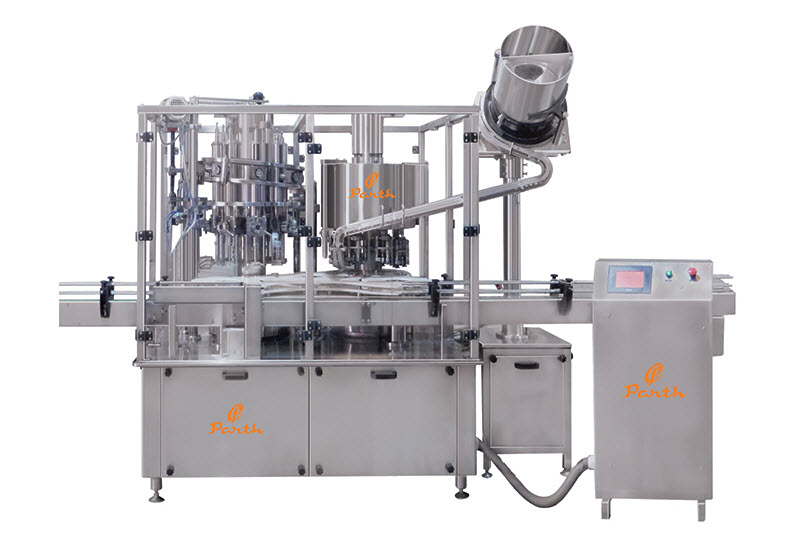Various factors are attributed to the growth of the global liquid filling machine market. Some of them include, the increased usage of syringes and injection devices for delivering medicines. Another factor is the growth of the food and beverages industry. In fact, the food and beverages industry are the largest segment of the global liquid filling machine market.
Why is Liquid Filling Machine Market Increasing?
Increasing awareness chronic diseases and disorders, and rising healthcare spending are likely to drive the Global Liquid Filling Machine Market in the coming years. The market is expected to witness an 18.1% CAGR during the forecast period of 2022 to 2028.
In addition, the market is also anticipated to witness strong growth in the Asia-Pacific region. The region is expected to witness a rise in health awareness and per capita healthcare spending. Moreover, increasing incidence of chronic diseases, improving healthcare infrastructure, and supportive government policies are likely to contribute to the market growth.
Moreover, the increasing use of pharmacy is also expected to drive the market in the coming years. These systems are efficient for storing biological components. They are also easy to use with lyophilized injectable drug products.
What is the Expected Growth of Automatic Bottle Filling Machine?
Among all the geographical regions, Asia Pacific has ruled the Bottle Filling Machines market in terms of revenue. This region is expected to hold the lead in the forecast period, until 2025.
The rapid growth of the food and beverage industry is predicted to drive the market. The growing demand for packaged food products is also expected to contribute to the market growth.
The rising population is expected to trigger the demand for filling machines. Also, the rising health awareness is expected to drive the market growth. Furthermore, increasing industrial development is also expected to enhance the market growth by 2025.
North America is also expected to show growth during the forecast period. Furthermore, the increasing demand for packaged food products in this region is expected to fuel the market growth.
Food and Beverages Industry to Accelerate the Growth of Bottle Filling Machine
Increasing consumption of packaged foods and beverages is expected to accelerate market growth. Moreover, rising health awareness among consumers is likely to boost the demand for liquid filling machines. Besides, increasing demand for packaged distilled water is also expected to contribute to segment growth.
The market for liquid filling machine is expected to witness growth at a CAGR of significant percent during the forecast period. The food and beverage segment is expected to hold the largest share in the market in 2022.

COVID-19 Pandemic Impact on Bottle Filling Machine Market
During the outbreak of the COVID-19 pandemic, the liquid filling machine market was negatively affected. Global production and income fell. However, the food industry was able to offset the revenue decline. In addition, the pharmaceutical industry experienced a spike in drug demand. This increase in demand was driven by the ongoing medical research. The increased production of medical treatment solutions is expected to fuel the market in the future.
The increasing demand for packaged food products is also expected to drive the market. Furthermore, increasing health consciousness is also expected to support the market growth. The increasing working-age population in developing nations is also expected to drive the market. The rise in per capita income is also projected to drive the market.
The Bottom Line
Various industries are utilizing liquid filling machines to enhance production. This is expected to be a contributing factor to the global liquid filling machine market.
The filling machine market is also driven by the rising demand for packaged food and beverage products. The global market is expected to witness a considerable growth in the coming years. In addition, the growing focus on health and hygiene is expected to boost the global market. The increasing awareness about hygiene and health is likely to trigger the demand for these machines.





